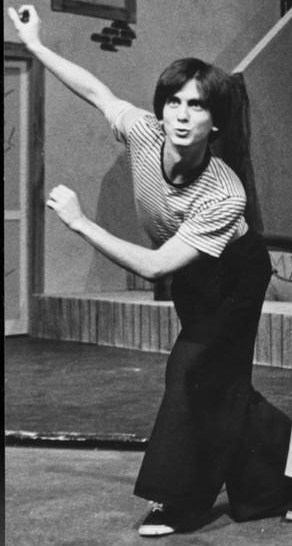
Frank Magid

His degrees were in social psychology and statistics, and the company he founded spent most of its years in Iowa, but his influence has been felt throughout the world. At a time when all local
 newscasts consisted of a single anchor reading the news, he revolutionized the genre with his "Action News" concept. He took random samplings from viewers and deduced that they wanted their hard news mixed with lifestyle segments and local crime stories, delivered by a team of good-looking, well-dressed performers whom the audience liked (attractiveness became a more important attribute than trust or journalistic competence). His concept, first adopted by TV stations in San Diego and Philadelphia in 1970, included personalizing TV news by encouraging mundane banter among the team. The changes
newscasts consisted of a single anchor reading the news, he revolutionized the genre with his "Action News" concept. He took random samplings from viewers and deduced that they wanted their hard news mixed with lifestyle segments and local crime stories, delivered by a team of good-looking, well-dressed performers whom the audience liked (attractiveness became a more important attribute than trust or journalistic competence). His concept, first adopted by TV stations in San Diego and Philadelphia in 1970, included personalizing TV news by encouraging mundane banter among the team. The changes  improved those stations' ratings dramatically, and soon everyone was on board with the vapid chatter in which news readers indulged. They called this stuff "happy talk," and it remains a central aspect of all local news programs everywhere.
improved those stations' ratings dramatically, and soon everyone was on board with the vapid chatter in which news readers indulged. They called this stuff "happy talk," and it remains a central aspect of all local news programs everywhere.Magid's research also changed the early morning news show format when, in 1975, he helped create ABC's Good Morning America. Though the rival Today show had been around for years, it was this new concept which took hold of the genre: far less news, far more fluff, delivered, once again, by anchors who were more personable than journalistic. Hardly anyone now remembers that Good Morning America's first hosts were David Hartman and Nancy Dussault, both actors.
 Later, Magid formed an actual school where aspiring on-air performers were coached on "relaxed intensity." The company also served as headhunters, helping stations locate the perfect
Later, Magid formed an actual school where aspiring on-air performers were coached on "relaxed intensity." The company also served as headhunters, helping stations locate the perfect  personality to anchor their local news shows. Sadly, there is no better proof that the general public wants a performer, rather than a journalist, to deliver their news.
personality to anchor their local news shows. Sadly, there is no better proof that the general public wants a performer, rather than a journalist, to deliver their news.Magid's research was not always spot on. In the 80s, his surveys indicated huge audiences would watch football in the spring and summer months. The United States Football League was formed, and went completely bust after only three seasons. Magid died earlier this month from lymphoma at the age of 78.
Here's an innovator who gave us something better than "happy talk":

1919-2010
He and his wife used to toss a tin cake pan back and forth on the beach in California, and Fred was investigating ways to make the thing more aerodynamically sound when WWII popped up, and he became a pilot. By 1948, he was manufacturing his flying discs, and selling them at state fairs and beachfronts. He called the invention the Pluto Platter, but in New England, college students noted the toy's similarity to the cake tin, and, in honor of a local bakery, gave the plastic saucer a nickname. Thanks to the Frisbee Pie Company, the Pluto Platter became the frisbee; Morrison sold the invention to Wham-O in 1957. He died last week at age 90; his invention has sold over 200 million units.

I was sorry to hear of this guy's death a week or so ago:
Ian Carmichael 1920-2010
1920-2010
He trained at RADA, and appeared in a series of comic films in the late 50s, but it was his television work in Britain for which he is best known. After a disastrous foray on Broadway, in the original production of Boeing, Boeing in 1965, he returned to Britain and began a lengthy TV career. He played P.G. Wodehouse's upper-class twit Bertie Wooster in a well-regarded series, and Dorothy Sayers's charming amateur detectiv e Lord Peter Wimsey in another successful series. Those performances are why Carmichael is on my radar, as I used to enjoy the Wimsey whodunits when they were broadcast on PBS's Masterpiece Theatre. A later series starred Edward Petherbridge as Lord Peter, and my sister will claim that performance was closer to Sayers's original concept for the character, but as I never read any of the mysteries, I always preferred Carmichael's more jovial approach.
e Lord Peter Wimsey in another successful series. Those performances are why Carmichael is on my radar, as I used to enjoy the Wimsey whodunits when they were broadcast on PBS's Masterpiece Theatre. A later series starred Edward Petherbridge as Lord Peter, and my sister will claim that performance was closer to Sayers's original concept for the character, but as I never read any of the mysteries, I always preferred Carmichael's more jovial approach.
Ian Carmichael died February 5th at the age of 89.
Here is a death which is likely to affect the quality of our big screen entertainment from now on:

1979-2010
Brothers Bob and Harvey Weinstein formed their film distribution and production company in Buffalo, NY, coming up with Miramax by combining Miriam and Max, their parents' names.

The studio became the leader in independent films in the 80s and 90s, with their first big hit, sex, lies, and videotape, and continuing with My Left Foot, Mr. and Mrs. Bridge, The Grifters,
 Enchanted April, Reservoir Dogs, The Crying Game, The Piano, Trainspotting, Good Will Hunting, Mrs. Brown, The Talented Mr. Ripley, The Aviator, The Hours, The Queen, and so many more. Miramax developed ongoing relationships with Woody Allen, Michael Moore, and Quentin Tarentino, providing these artists more freedom, and a wider audience, than the larger studios would have afforded them.
Enchanted April, Reservoir Dogs, The Crying Game, The Piano, Trainspotting, Good Will Hunting, Mrs. Brown, The Talented Mr. Ripley, The Aviator, The Hours, The Queen, and so many more. Miramax developed ongoing relationships with Woody Allen, Michael Moore, and Quentin Tarentino, providing these artists more freedom, and a wider audience, than the larger studios would have afforded them.The Weinsteins really excelled at the promotional aspect of film distribution, and came under
 criticism for their blatant advertising during Oscar season. Their ad techniques worked, as the list of actors, directors, writers, and craftsmen who won Academy Awards for Miramax films is astonishing. In addition, the studio provided Best Picture Winners in The English Patient, Shakespeare in Love, No Country for Old Men, and Chicago.
criticism for their blatant advertising during Oscar season. Their ad techniques worked, as the list of actors, directors, writers, and craftsmen who won Academy Awards for Miramax films is astonishing. In addition, the studio provided Best Picture Winners in The English Patient, Shakespeare in Love, No Country for Old Men, and Chicago.The brothers sold their company to Disney in 1995, but continued to operate it more or less independently for another decade. Eventually, studio interference increased, and the Weinsteins left the company. It was announced last month that the Miramax offices were being closed, a good indication that the brand is being fazed out by Disney. There are six Miramax films awaiting release, all of which are expected to receive short shrift from the House of Mickey.

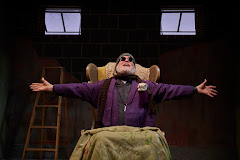





























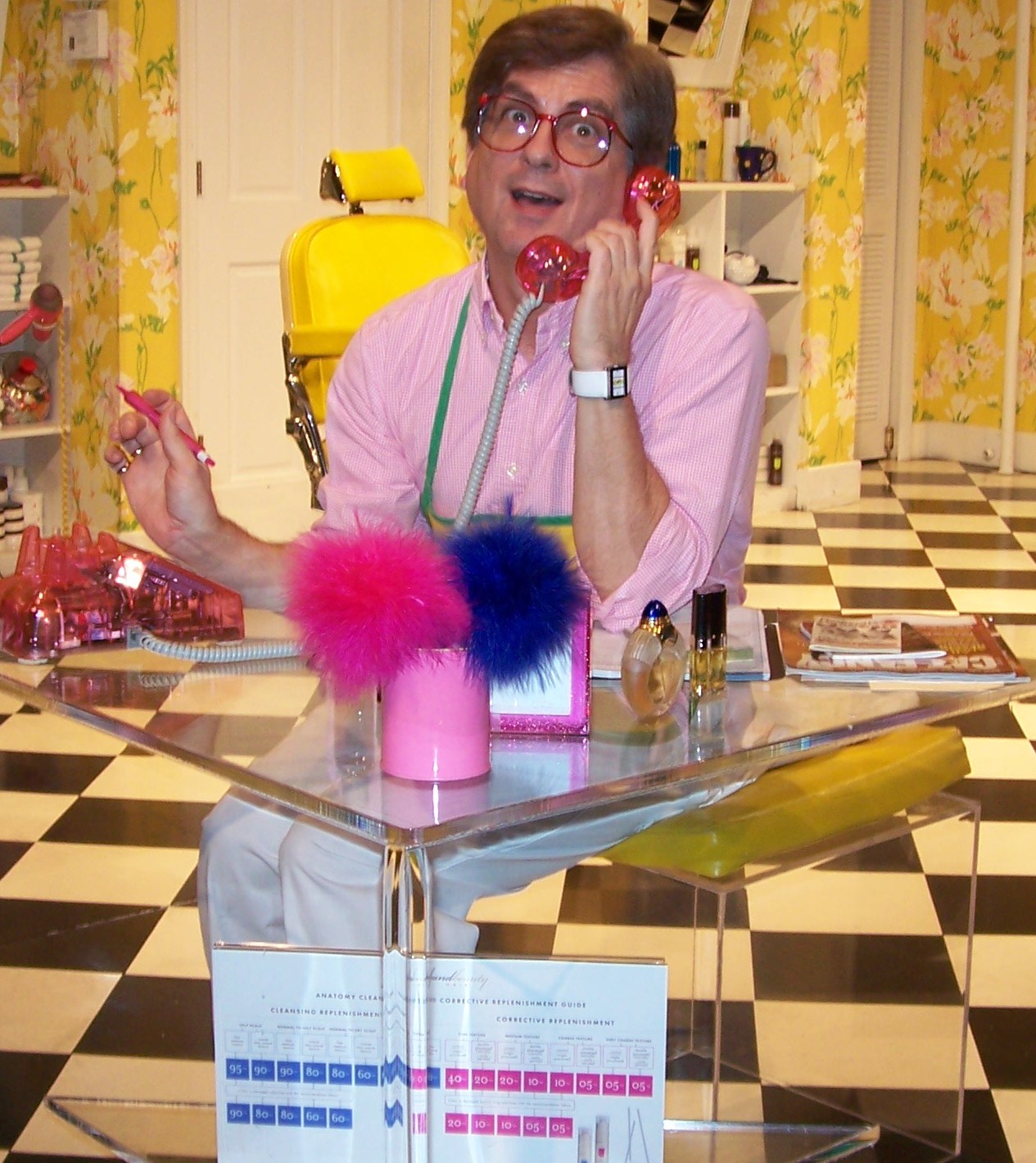
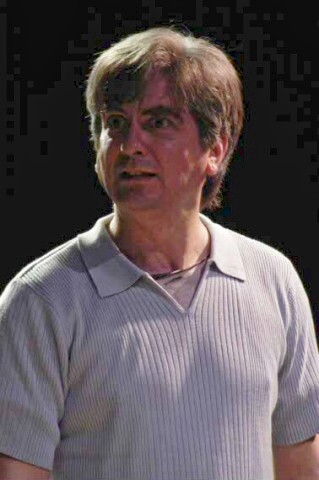
,+Olney+Theatre+Center,+2004.jpg)


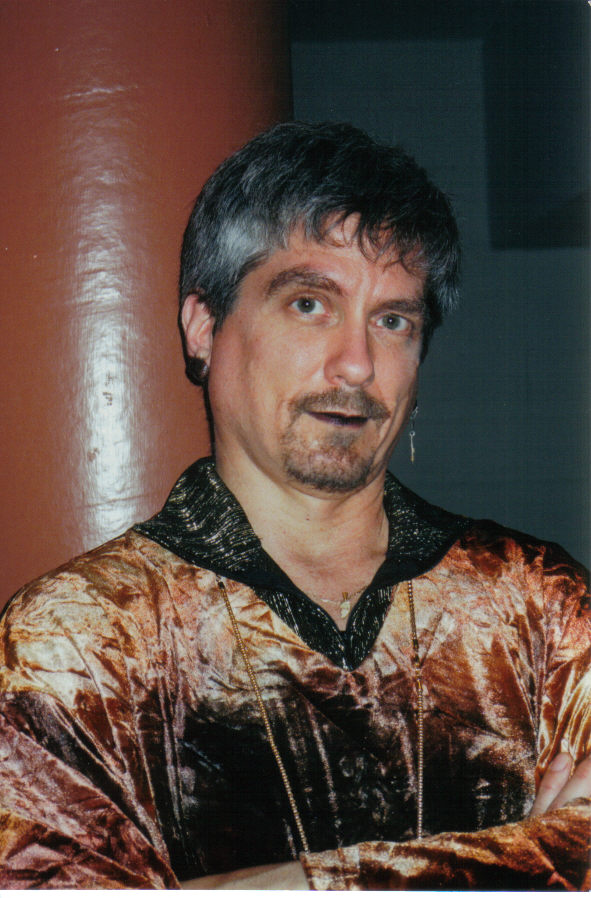
,+Shakespeare+Theatre+Company,.jpg)
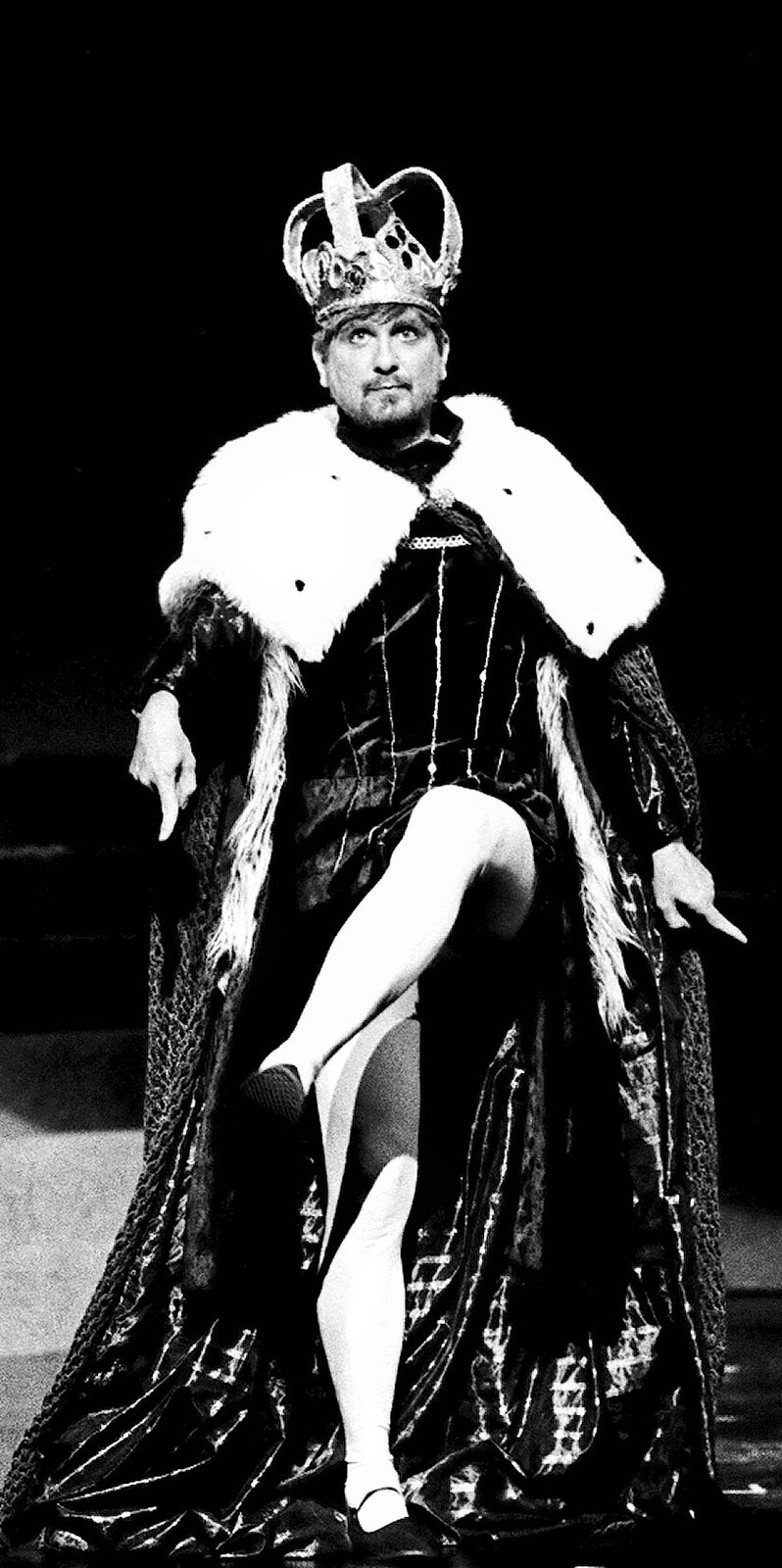

,+Warehouse+Theatre,+1999.jpg)
,+Are.jpg)
,+Everyman+Theatre,2002.jpg)
,+First+Nationa.jpg)
,+Shakespeare+Theatre+Company,.jpg)


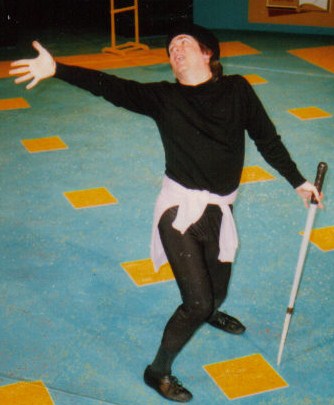
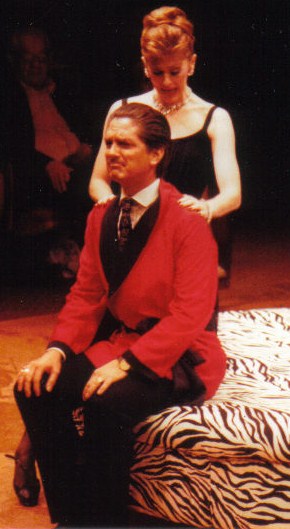


,+Granada+Th.jpg)
,+Globe+Playhouse,.jpg)
,+CSUN,+1976.jpg)
